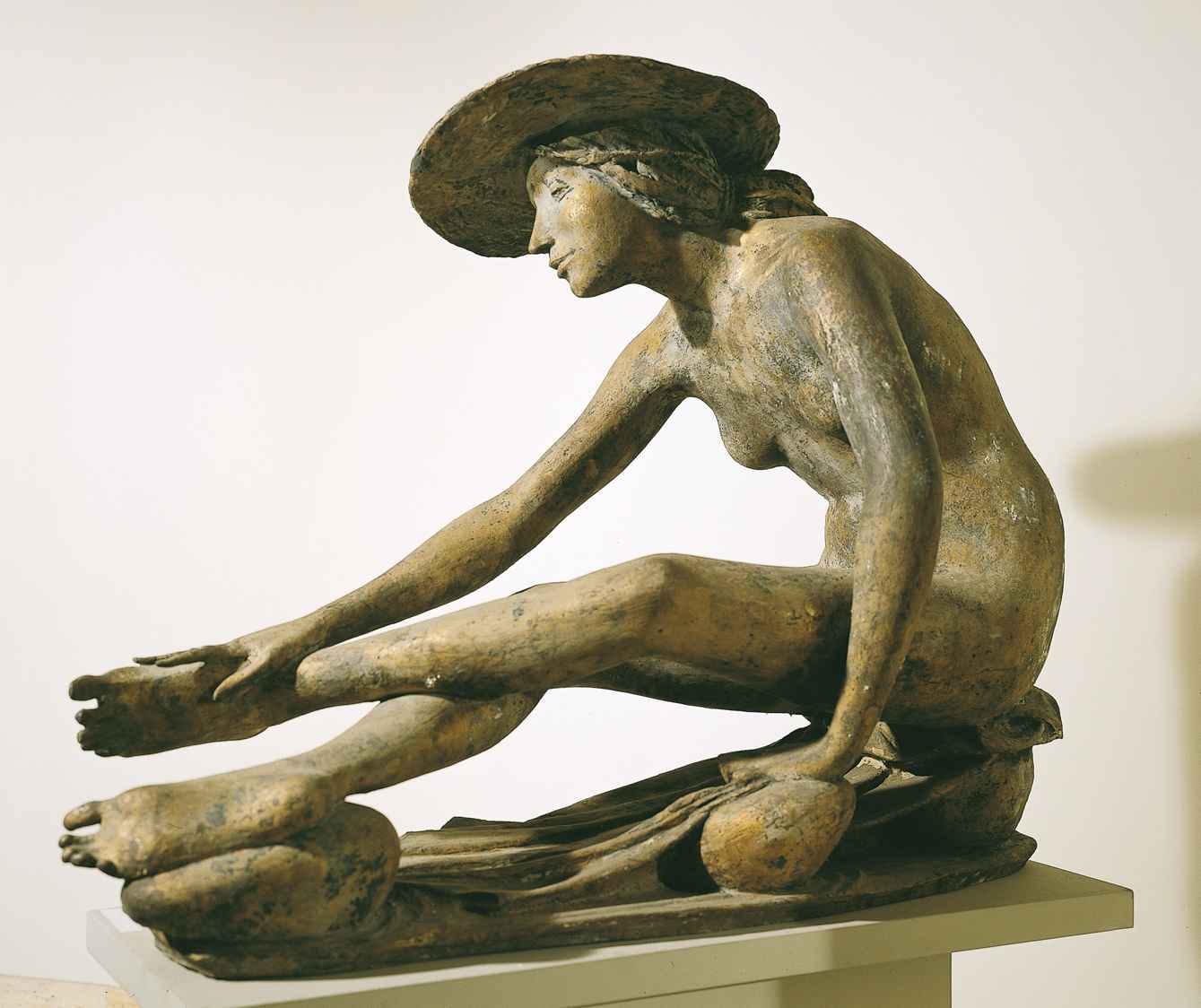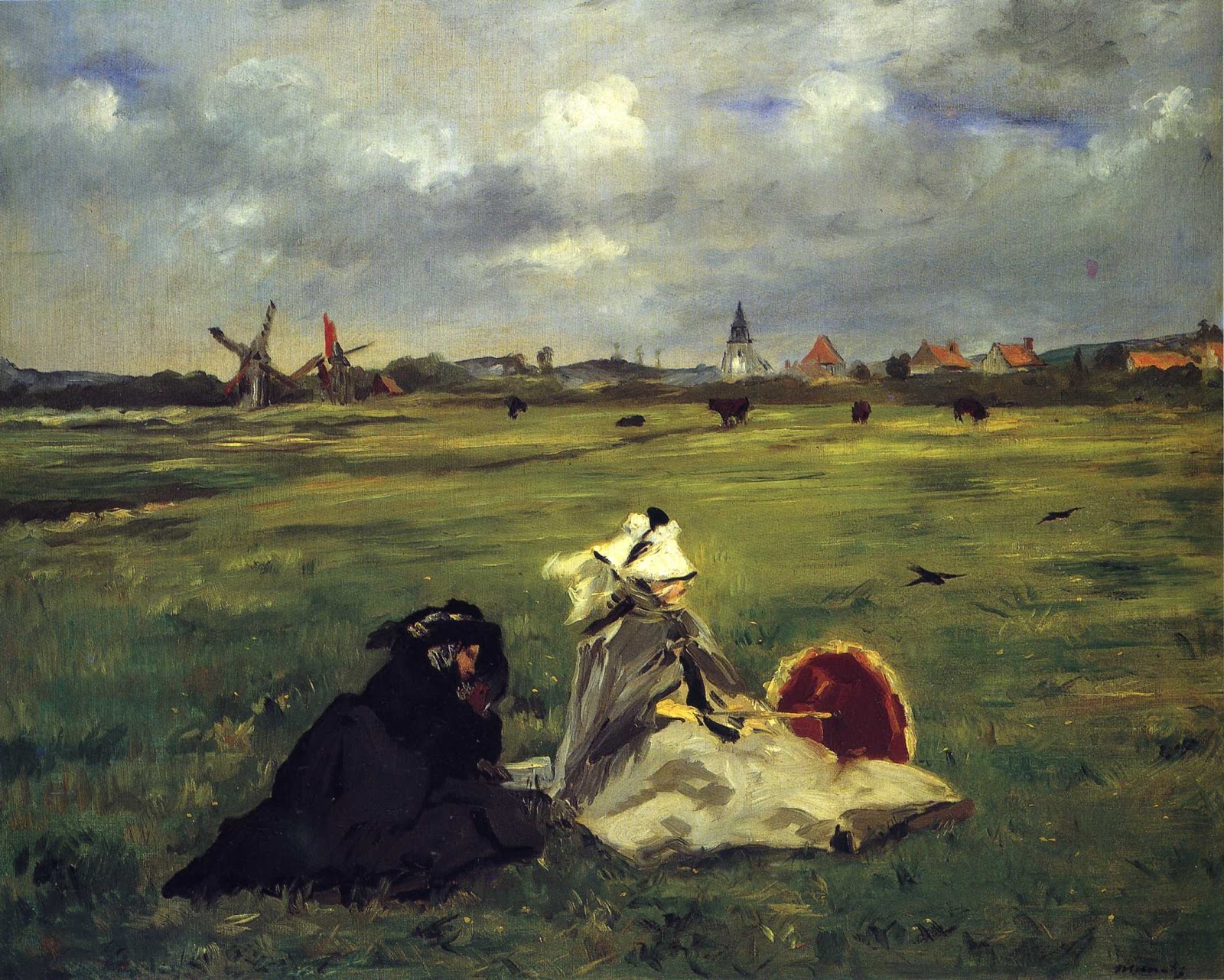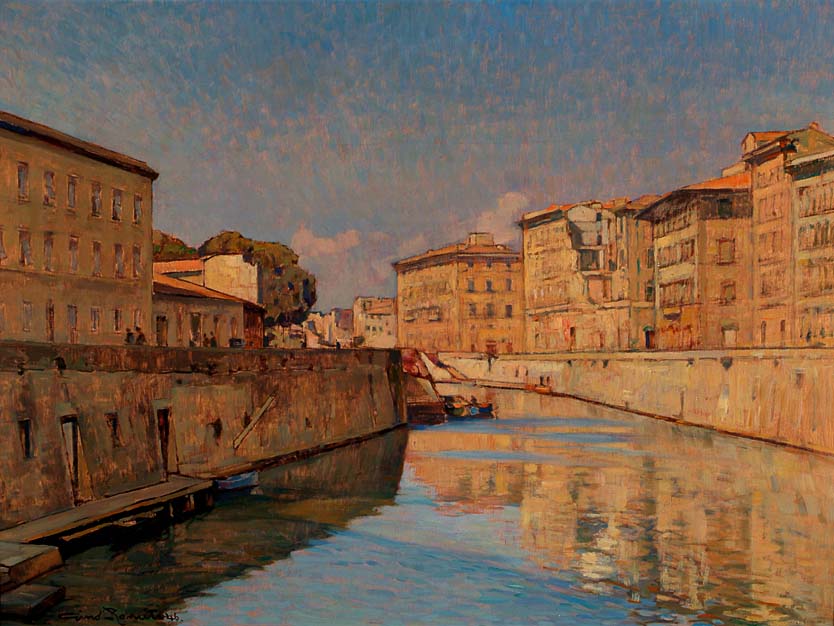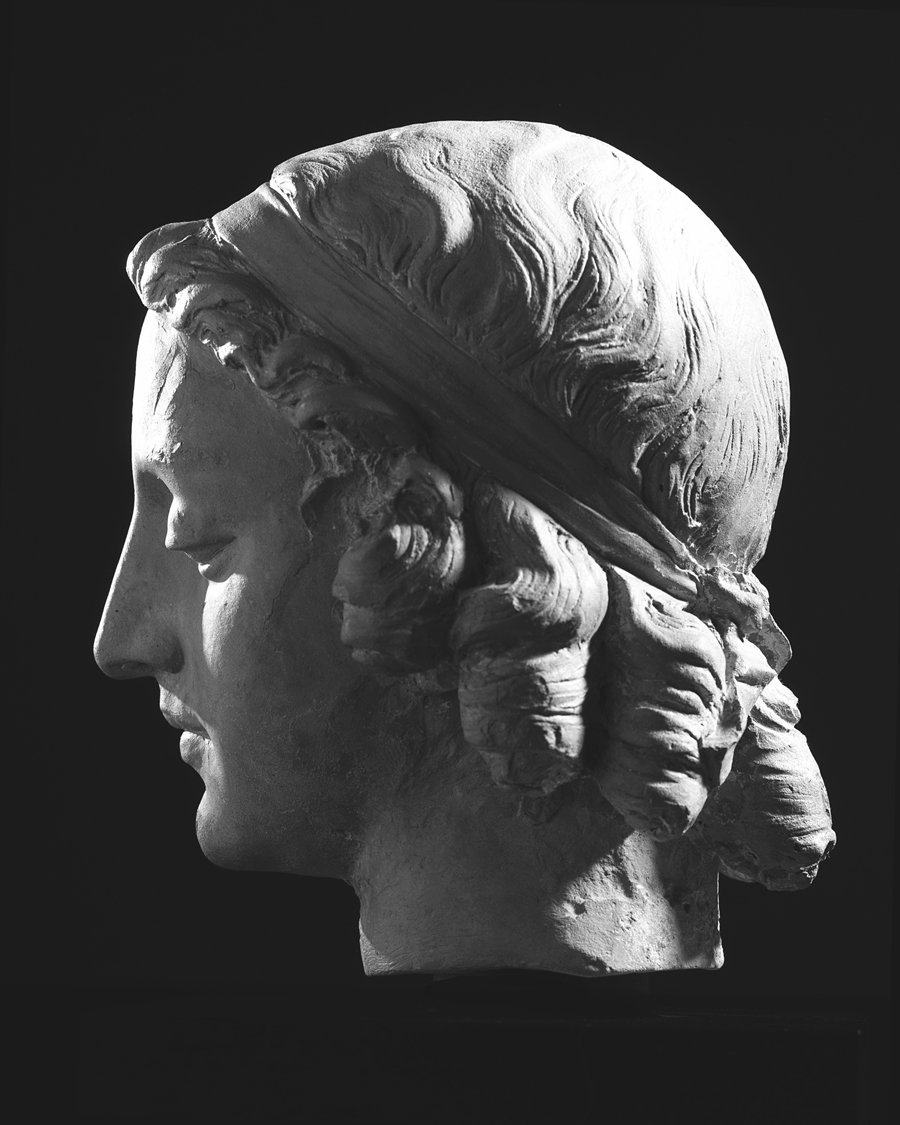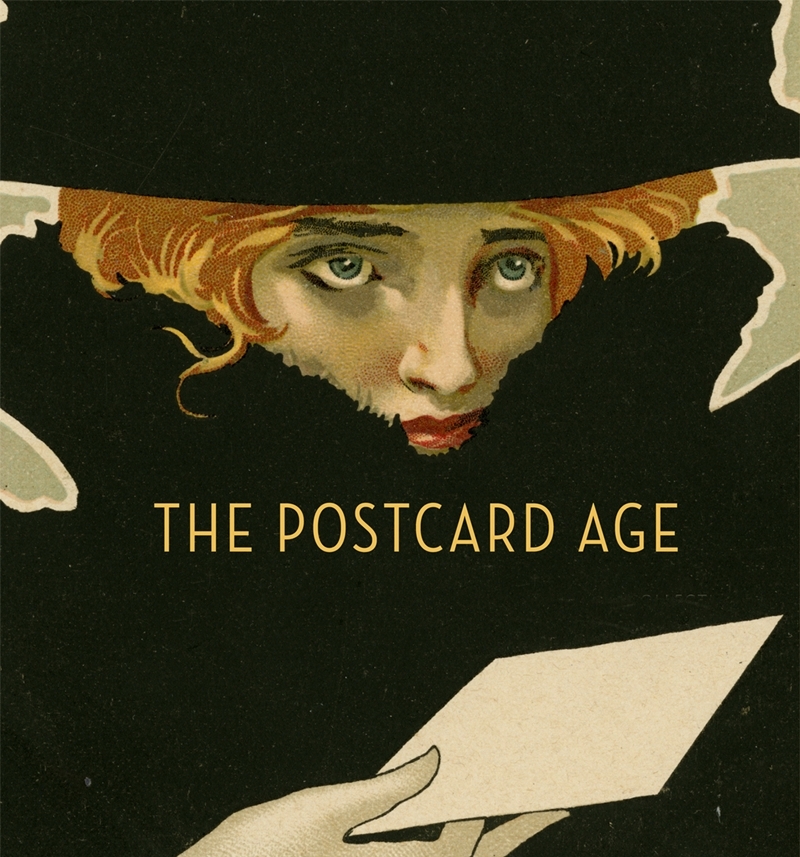Adrián Pérez Vázquez best known as ManoMatic is a Spanish graffiti artist based in Huelva, Spain. Man-O-Matic born in Palos de la Frontera, a cozy Andalusian town on the southwestern coast of Spain.
He started painting at the age of 16, but chose a career in the field of communications due to family pressure – more often than not, the parents prefer their children to have a serious day job.
It begins in the world of graffiti in 2000 developed a style of drawing free illustrated characters of his invention. This artist has changed the perception of people with his hyperrealistic drawings.
At school, he learnt the art of image, sound and graphic design, then worked as a technician for a local TV station. The studies and work couldn’t keep him there, he decided to go back to where his heart belongs.


